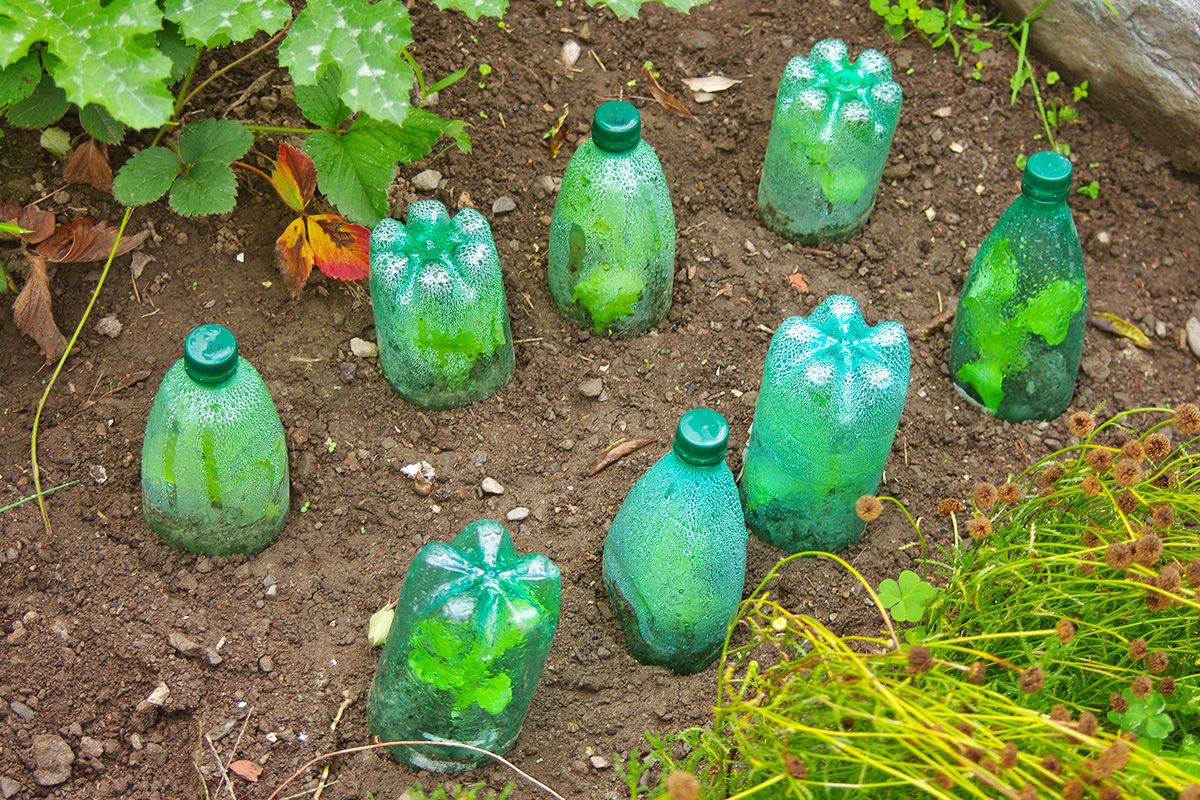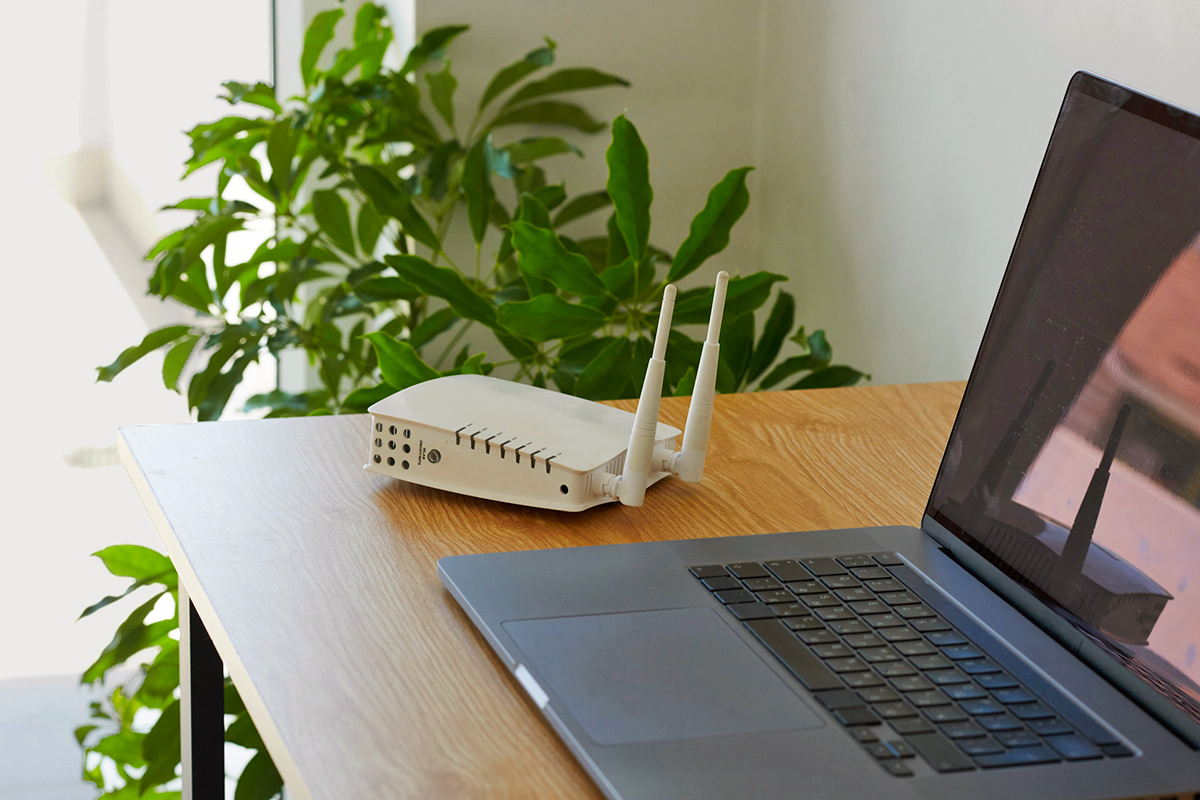Unless you live deep in the Sunbelt, the length of your gardening season is entirely dictated by the dates of your first and last frost. These dates tell you when to plant, when to harvest, and to some extent, what you can and can’t grow. However, dedicated gardeners have evolved plenty of clever hacks to…
1. Covering Plants With Cloches
A cloche is simply a self-contained cover for a plant. While you can find them sold at garden centers and online, you can easily DIY your own. Depending on the size and shape of the plant, you can cut the bottom from a gallon milk jug or a half-gallon soda bottle to create a functional cloche. For larger plants, big water-cooler bottles can work, even though you’ll lose your deposit. Just remember to put these covers on in the evening, and then take them off the next day before the sun gets too high (lest your plants, ironically, overheat).
2. Preventing Frost Damage With “Found” Fabrics
For plants too large for a cloche, or when you need to protect entire garden beds, you’ll need much bigger covers. While plastic covers or tarps are popular — and they certainly do help — woven fabric offers better protection. Old bedsheets make great covers, especially when doubled, since they’re lightweight and easy to handle. Light blankets are even better, though their weight means you’ll need stakes to support them so they don’t break the plants. If there’s rain in the forecast, use your plastic covers or an old shower curtain liner as an outer layer over the fabric. Otherwise, the fabric will get heavy and damage the plants.
More from our network
House Outlook is part of Inbox Studio, which publishes content that uplifts, informs, and inspires.
3. Watering Your Plants Well
This form of frost protection relies on basic physics. Frost causes damage by lowering the temperature around the plant’s roots and surfaces, and cold-sensitive plants have little ability to defend themselves. (Pro tip: Don’t waste your efforts protecting cold-tolerant vegetables such as kale, broccoli, and peas, or hardy ornamentals and perennials. They’ll be just fine.)
Watering the soil heavily before a frost provides excellent protection because the water acts as a thermal sink. It takes a significant amount of chilling to lower the temperature of a liquid. Think of putting a soda in the fridge and impatiently waiting for it to get cold. Watering your plants works on that same principle: By the time the water has absorbed all that cold, the frosty part of the night will mostly be over. You can double down on this hack by combining it with the other two for maximum frost protection.



















